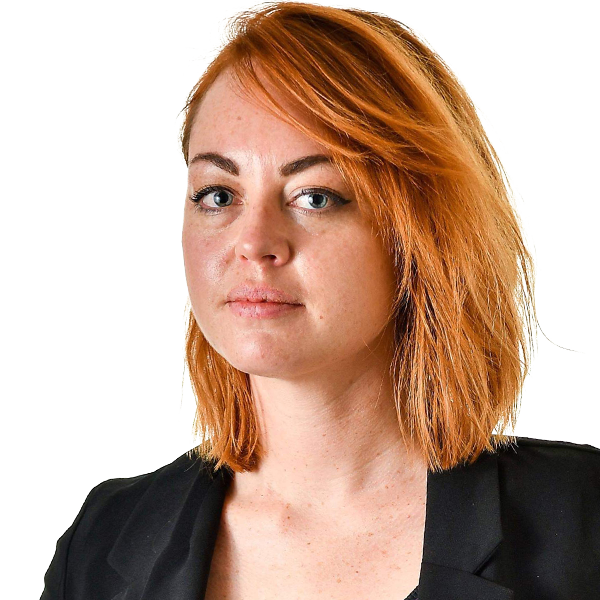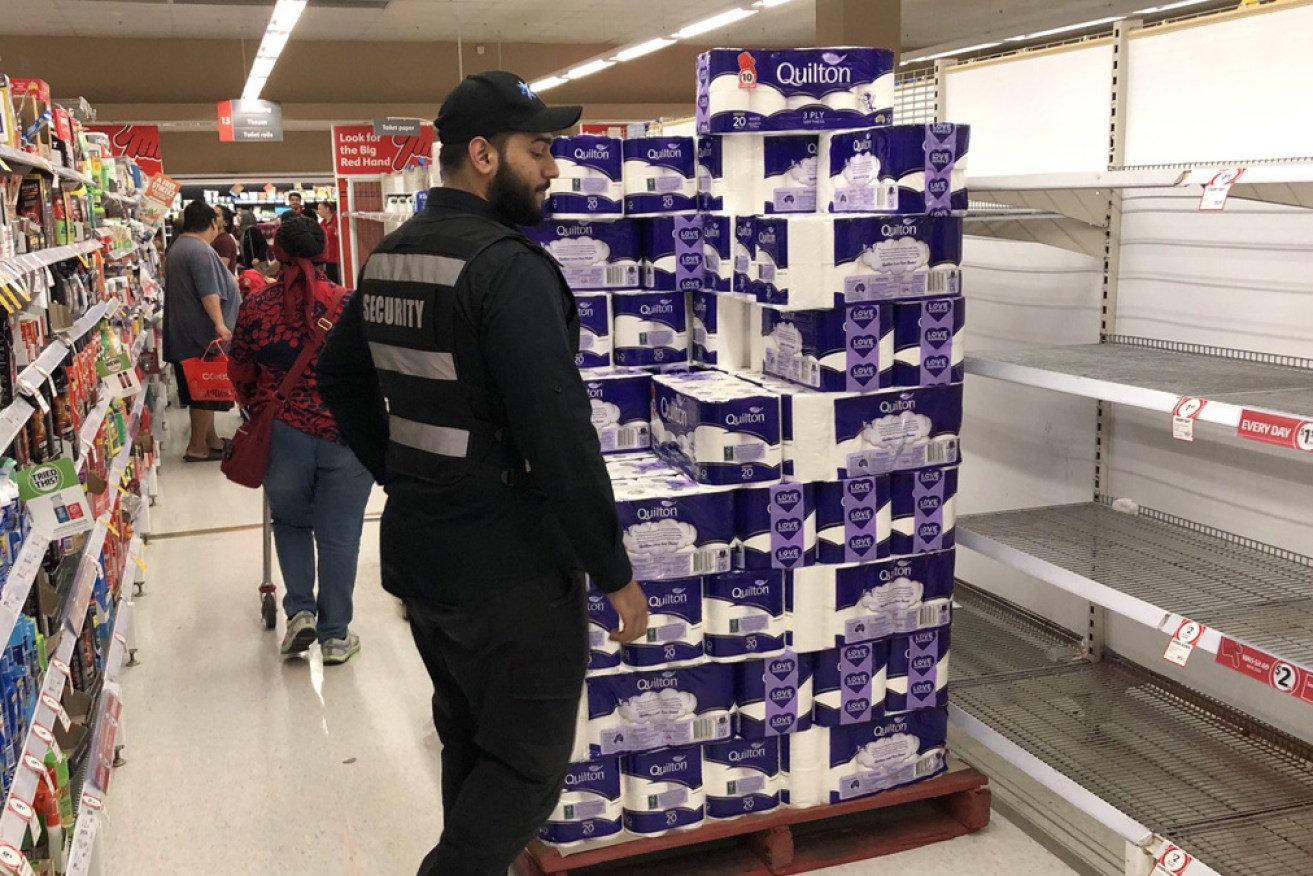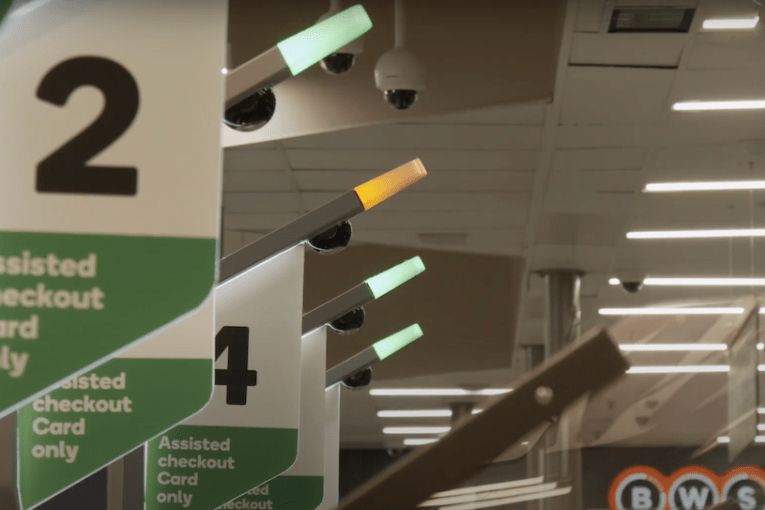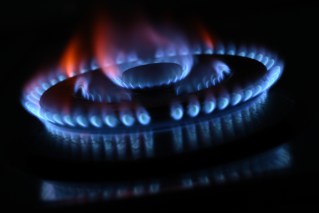Panic-buying: Australians top global charts for toilet paper stockpiling


Fights broke out in aisles over toilet paper – shops were forced to bring in security to keep things orderly. Photo: Twitter
March 2, 2020: That was the day Australians began buying toilet paper like never before, baffling supermarket workers, retail industry insiders and the wider global population.
The demand for loo rolls was instantaneous and unpredicted, as research data released this week by the University of New South Wales shows.
In the space of 24 hours, shoppers had wiped shelves clean of toilet paper, prompting Prime Minister Scott Morrison to publicly state that Australia was in no danger of a toilet paper shortage; there was just a delay in replenishing supermarket supplies.
As shoppers caught wind of this panic-buying, other non-perishables followed: Tinned and canned goods, pasta, rice, flour. Hand sanitiser was long gone by this point.
https://twitter.com/ChantelleMary07/status/1234657417423511552?ref_src=twsrc%5Etfw%7Ctwcamp%5Etweetembed%7Ctwterm%5E1234657417423511552&ref_url=https%3A%2F%2Fthenewdaily.com.au%2Flife%2Feat-drink%2F2020%2F03%2F03%2Fpanic-buying-coles-woolworths%2F
But why?
On March 2, there were only 33 confirmed cases of COVID-19 in Australia. So what sparked the sudden buy-up?
Michael Keane and Tim Neal, from the university, wanted to pinpoint the exact reason our panic-buying was triggered.
They harvested Google search data to construct a daily index of consumer panic from 50-plus countries.
What they found was what consumer experts suspected early on: A perfect storm of fear, lack of information and old-fashioned psychology.
While other countries’ data shows a jagged but steady rise in panic, Australia’s was sharp and definite – the most dramatic in the world.

The panic index research from the University of New South Wales – note Australia’s dramatic rise in panic, out of line with restriction announcements.
Consumer behaviour expert Michael Callaghan spoke to The New Daily when the first signs of panic-buying appeared.
“FOMO (fear of missing out) is an overly simplistic way to explain panic-buying,” Dr Callaghan, of Deakin University, said this week, in hindsight.
The start of unprecedented times
Remember the atmosphere at the time: There were reports of an unknown disease spreading faster than we could diagnose it. China had long been in lockdown, and the coronavirus was edging closer to Australia, through Japan and south-east Asia.
Italy and France were beginning to feel the weight of the virus, and Italy was making plans to shutter schools to try and curb the spread.
Professor Keane and Dr Neal’s data found a spike in their “panic index” in south-east Asia on February 28 – as our close neighbours, this could be where Australia has got it from.
On home soil, Australia was watching the rest of the world and wondering what would happen to us.
The questions were many and the answers few.
This is one of the contributors to our panic-buying, Dr Callaghan explained.
“If you feel like you have lost control of everything around you, you are going to hang onto what you can – and that might be grocery shopping to feed your family,” he said.
Back in March, TND also spoke to retail behaviour expert Associate Professor Gary Mortimer, who referenced Maslow’s hierarchy of needs as the basis to why people stockpiled goods at the mere whiff of a shortage or obstacle to obtaining goods they perceived to be necessities.
Dr Callaghan said the pyramid made sense: “It’s natural behaviour under the circumstances,” he said.
Four-pronged panic
Professor Keane and Dr Neal’s research found four factors that prodded panic-buying behaviours.
They used this example: The first restriction makes it a little harder for people to leave their homes. “Anything that raises the cost of store visits will cause consumers to desire high inventories,” the duo wrote.
This triggers the initial wave of panic-buying or stockpiling.
The second prong comes with predictions of the future – if restrictions will get even tighter, it strengthens the need to prepare today, for tomorrow.
Thirdly, if there’s misinformation or gaps, consumers feel the situation is worse than they’re being told – stockpile more.
But lastly, stronger government action and direction quells fears and reduces consumers panic, which is where we find ourselves now.
In conclusion, the duo – and psychology in general – can show influences as to what prompted Australia’s stockpiling behaviour.
The reason we responded more dramatically than any other country still remains a mystery.









